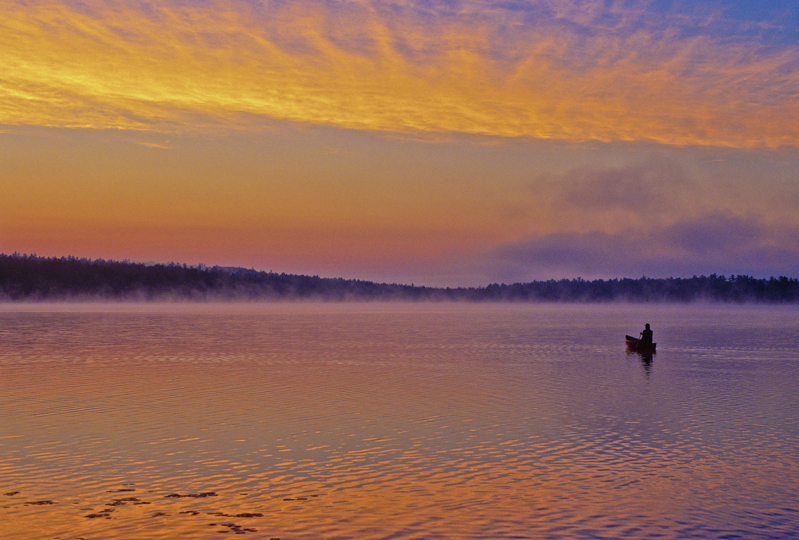Last week’s puzzler is the only one so far in our short series of plants with berries that features a non-native, invasive plant. The others have been native plants.
Do you know the difference? These terms are always being thrown around, but maybe no one has ever defined them for you. Native is where the plant or animal originates. So when a plant is native to a particular area or region, that means traditionally that’s where it was found without human intervention. Native plants have evolved with animals over millions of years and have relationships with each other, perhaps specific pollinators, or caterpillars that eat the leaves, etc.
When a plant is non-native that means it originated elsewhere in the world and was brought to the new region. Sometimes this happened accidentally, but oftentimes it happened because people chose to bring it here. In the case of plants, they were often brought here on purpose for ornamental reasons. Sometimes the plant escapes cultivation though and becomes a nuisance to the local plants and animals in that new location. When a non-native plant (or animal) turns up in a new area it is often separate from the animals that live in that area since it didn’t evolve alongside of them and can do great damage to the ecosystem in the new place.
Both native and non-native plants can be invasive. Invasive means that the plant is aggressive and takes over in areas where it is found, spreading quickly and out-competing the native plants in that area, often killing them over time. Kudzu, (Pueraria montana ) Japanese barberry, (Berberis thunbergii) and burning bush (Euonymus alatus) are other examples of non-native, invasive plants.

This plant is porcelain berry, or porcelain berry vine, (Ampelopsis brevipedunculata.) This plant is a non-native invasive plant. According to the University of Maryland Extension, “It was introduced from northeast Asia in the 1870s as a bedding and landscape plant. It became popular for its tolerance of adverse conditions and its ability to provide ground cover. However, it is an aggressive plant that invades damp, shady areas such as streambanks, forest edges, pond margins, and disturbed areas. It forms dense mats that crowds out native vegetation, making it difficult to discover what, if anything, grows beneath it by shading them out. It can also climb into trees, reaching up to 20 feet in height.” The horticultural staff at Lewis Ginter Botanical Garden in Richmond, VA declare that it is “the most pervasive of all invasive plants that we are currently battling” on their grounds.
Bottom line is it’s best not to put this plant in your garden or yard! It’s one of those very pretty, but deadly plants that you want to avoid. Unfortunately, there are many!


